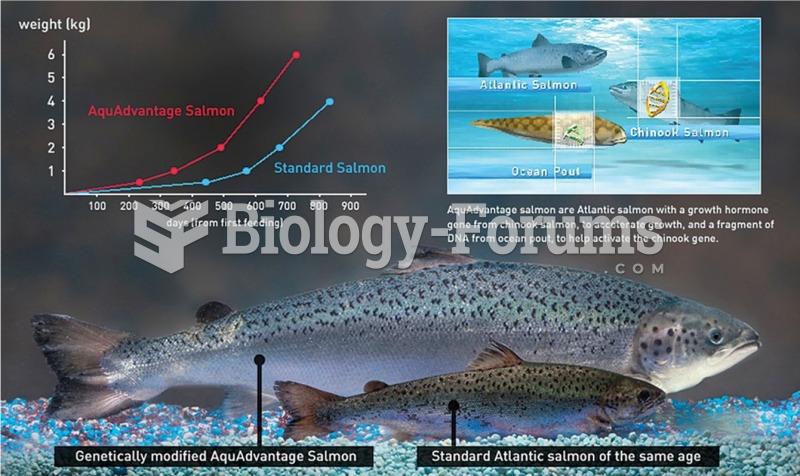Answer to Question 1
The term crowdsourcing describes how tasks can be delegated to large diffuse groups or communities who often volunteer their contributions. Unlike outsourcing, in which an organization contracts with a vendor to do work, crowdsourcing depends on engaging people in tasks they find interesting or rewarding, or collecting data about what people are doing anyway as they go about their daily work.
Wikipedia is a well-known site that amasses collective intelligence and volunteer labor, in this case to create a vast online encyclopedia with more than 3 million entries, far more than Britannica or other competitors.
Wikipedia demonstrates some of the downsides of crowdsourcing. Bias and self-interest can motivate authors, particularly for hot political issues. For instance, staff of U.S. Congress members have been caught editing articles about their bosses and deleting references to campaign pledges they never fulfilled.
Answer to Question 2
Portfolio analysis inventories all of the organization's information systems projects and assets, including infrastructure, outsourcing contracts, and licenses. Each project can be described as having a profile of risk and benefit to the firm, similar to the financial portfolio. In a portfolio analysis, you would list the various systems projects and rate them according to their potential risks and benefits. You would use the portfolio analysis to determine which potential projects should be pursued and which should be modified or abandoned. High-risk, low-benefit projects should be avoided, while low-risk, high-benefit projects would be at the top of the list. High-benefit, high-risk projects and low-risk, low-benefit projects would be reexamined to see if they could be modified to better fit with the company's strategic plans. A mix of profiles could also be defined as acceptable in terms of the company's overall plans, much as is done with a financial portfolio.







